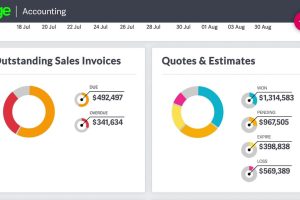Content Attributes
Spammers are annoying and dangerous, but it is also preventable. Based on automatic detection and user complaints, Internet Service Providers blacklist suspicious IPs. Reporting violations is not the only benefit, as these lists help businesses prevent their own campaigns from backfiring.
Spammers overflowing websites with fake traffic cause a spectrum of cyber issues. The addresses they leave may compromise your own domain. By checking the IP blacklist database, companies make sure their websites and mailing lists are safe. Such databases built by companies committed to protecting users from cyber offenses. Here is how they work.
How IPs Get Banned?
Anyone can contribute to these blacklists by sending a manual report. They are also based on data accumulated by Internet Service Providers (ISPs), which set filters against spammers. Any campaign involving mass mailing closely monitored by the Mail Abuse Prevention Systems. If suspicious practices detected, the sender reported as dubious. Before launching any marketing endeavor. Your business must be sure its mailing list is clean, and the IP has not reported.
When an email sent, the IP address of the sender logged for verification. The mail server then connects to the blacklist to check that you have not abused email before. These databases are massive — for instance, the CleanTalk blacklist contains over 6 million IPs, 15.6 million emails, and roughly 1.5 million sites. In case of a match, your email redirected to junk regardless of its content. If the domain or IP has involved in multiple violations, the emails do not reach any of the folders at all.
When It Usually Happens
Companies that use spam software or open relay servers get blacklisted automatically. When users report IPs, their motives are not always objective. Fortunately, one complaint is not enough to get you in trouble (over 0.01% of users must report you for this to happen).
Here are the most common reasons for blacklisting an email address or IP:
- The user does not remember signing up for your emails.
- They cannot/do not want to find the unsubscribe link.
- User get too much email in general.
- They dissatisfied with the content of your messages.
- You send too many emails.
Sending emails to non-existent addresses or random users is a surefire way to get blacklisted. Inactive emails often turned into “spam traps”, while users will consider your messages unsolicited and report them.
Report and Check IPs
Use the online IP database to check your own website and any emails on your mailing list. When reporting an IP or email, specify the type of attack and leave a comment if necessary. This is a simple precaution against the plethora of problems.



